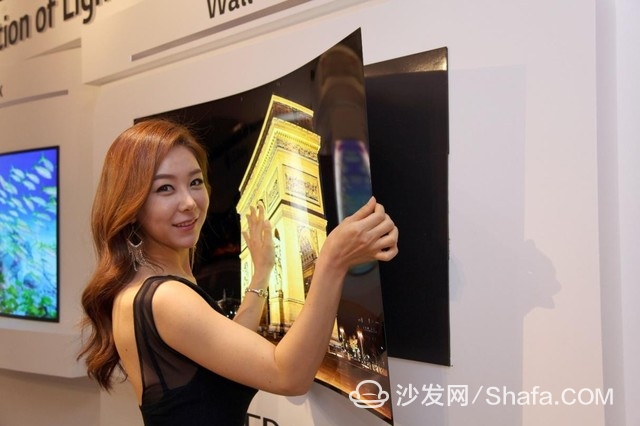I. High & Low voltage cabinets installation of power plant
1. 10KV high voltage switch cabinet installation of power plant
2. 0.4KV low voltage switch cabinet installation of power plant
3. Installation of generator protection system, synchronization system, transformer protection, H.V. motor protection, circuit protection in a power plant.
II. Electrical configuration testing items of power plant
1. Vacuum circuit breaker insulation resistance measurement, each phase circuit resistance measurement and AC voltage withstand tests of 10KV H.V. switch cabinet.
2. DC resistance measurement of CT and PT, polarity test, ratio test, AC voltage withstand tests in 10KV H.V. switch cabinet.
3. AC voltage withstand tests for whole 10KV H.V. switch cabinet.
4. AC resonant test for 10KV H.V. electric cable.
5. DC resistance measurement of generator stator and rotor.
6. Generator stator coil insulation resistance measurement and DC voltage withstand tests.
7. Generator rotor insulation resistance measurement.
8. Generator rotor AC impedance and power loss tests.
9. No-load characteristic test of generator
10. Generator checking phase sequence (fist checking phase and second checking phase separately).
11. Generator short circuit characteristic test.
12. Measurement of residual voltage of stator after automatic magnetic blow-out and switch opening of generator.
13. Generator shaft voltage measurement.
14. Generator simulate synchronization.
15. All of the second circuit checking, measuring, switch tripping & closing tests, protection fixed value setting, protecting the STG trip test and magnetic blow-out tripping test for steam turbine and generator.
III.Electrical problem troubleshooting in power plant
Problem Description: a coal mine`s 35KV H.T. switchgear OC protection tripped suddenly in He`nan Province, it caused sudden power lost of mine fan and endanger miner safety.
Auto-reclosing via switchgears` automatic reclosing function, through analysis, the reason is a set of 3000KW generator failure. Specific reason is: When the turbo-generator was running normally, exciting voltage lost suddenly, leading phase operation happened, the generator absorbed reactive power and lead to becoming motor running. Generator protection and power plant connecting line protection did not launch. After the generator absorbed a certain value of reactive power, the 35KV H.T. switchgear`s OC protection tripped.
Investigation: generator and power plant connecting line protection setting fixed value exceed the protection fixed value of 35KV switchgear side, it lead to nearby protection did not launch and override trip when generator failure.
Electrical Cabinet Care,10Kv Electrical Cabinet Care,0.4Kv Electrical Cabinet Care,Electric Governing Reconstructing Shandong Qingneng Power Co., Ltd. , https://www.steamturbine.be
The OLED printing process has the following advantages over the typical FMM (Fine Metal Mask) process. First, the process is simpler. Second, the evaporation efficiency of organic light-emitting materials is higher. Third, it is easier to handle large substrates, especially Gen8 and above, and finally the manufacturing cost is lower. With these advantages, the printing process is mainly aimed at large-size substrates, especially the Gen8 and above TV panels. However, there are also some deficiencies in the printing process. In fact, the material of the printed OLED process is not sufficient for large-scale production, but many industry players aim to develop a large-scale printing process by 2018.
Korean panel makers are currently leading the research and development of OLED printing technology. The printing process is mainly for the replacement of large-scale substrate evaporation. Since LG Display is currently the only OLED TV panel manufacturer, it is particularly active in the research and development of OLED printing processes.
In fact, Lejin has shown that it has set up Gen8-size OLED printing process test equipment on the Korean production line for research. However, since luminescent materials are still in the development stage, much of the work depends on the material manufacturer, not the panel manufacturer. It seems that the development of materials that can meet the required performance levels of the display panel will also take more time. Many manufacturers and even emerging Chinese manufacturers are developing printing processes for OLED production. However, given the current state of technology, experience, and material R&D, it seems to take more time than panel makers expect. IHS Markit believes that this goal will be achieved around 2020.
Smart TV/box information can focus on smart TV information network sofa butler (http://), China's influential TV box and smart TV website, providing information, communication, etc. on TV boxes, smart TVs, smart TV software, etc. Answering questions.
Inkjet printing is not a dream! OLED panel or 2020 implementation
Since 2016, the rapid development of display technology, including FMM vapor deposition and inkjet printing OLED technology has become a hot spot in the industry. The main difference between fine metal mask (FMM) evaporation and inkjet printing is the equipment and materials that make up these organic layers. When using FMM to make these organic layers, you need a vacuum device. Solid materials were added to the device and then the OLED material was evaporated by heating. The evaporation source is coated on the surface of the substrate in a pixel pattern manner through a mask. However, the principle of ink jet printing OLEDs is different. The basic principles are similar to those commonly found in home and office inkjet printers. The inkjet printing method is mainly to use a solvent to melt the OLED organic material, and then the material is directly printed on the surface of the substrate to form R (red), G (green), and B (blue) organic light-emitting layers. OLED is expected to achieve printing process in 2020